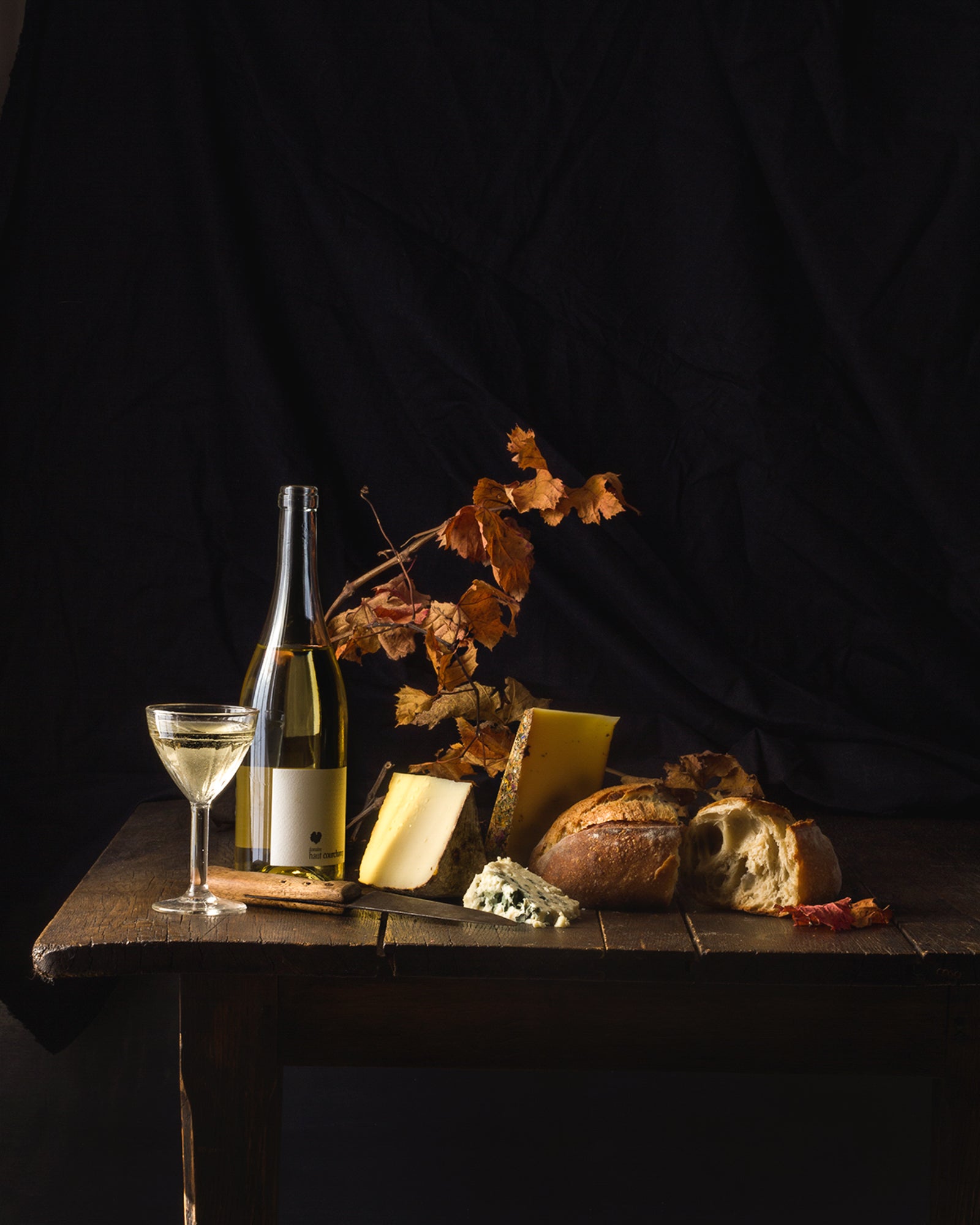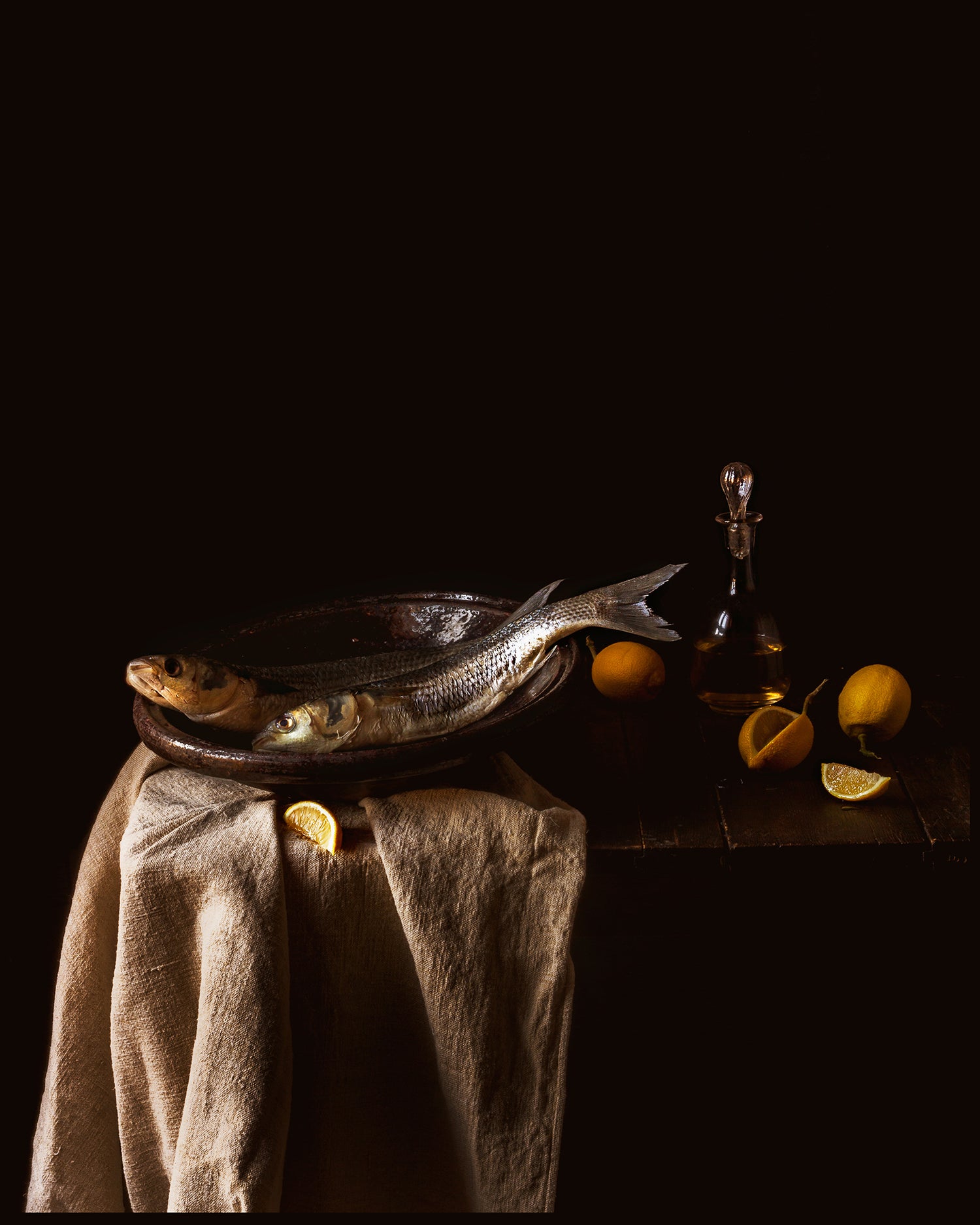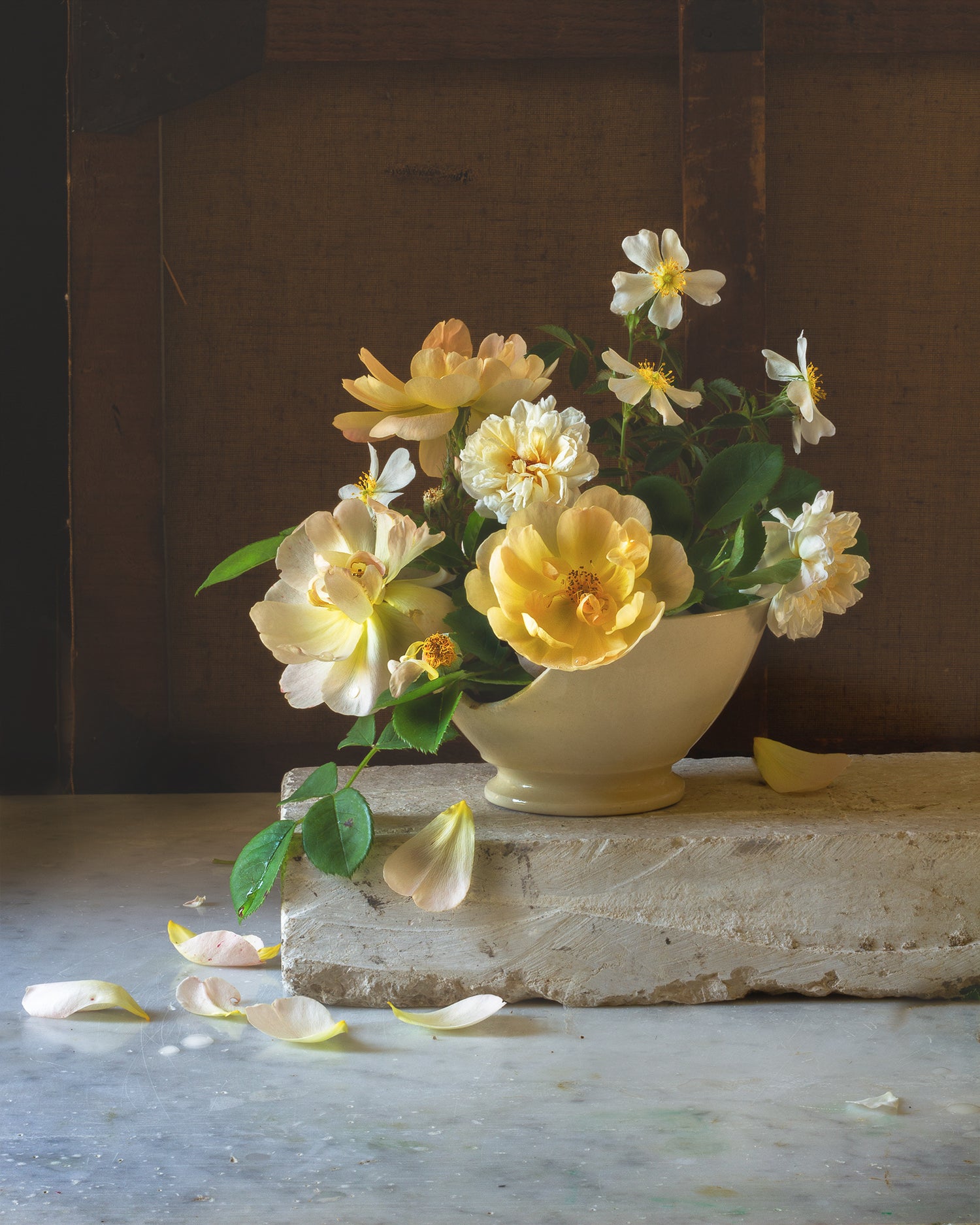Terroir Limited Edition Print
Terroir Limited Edition Print
Couldn't load pickup availability
Composition
Print Information
Fine art limited edition print on Hanemülhe Hemp* paper, printed in Montpellier, France. Each print is signed by the artist, numbered, stamped, and delivered with a certificate of authenticity.
Available as:
30 cm x 40 cm (approx. 9.4 in x 11.8) - edition of 15
40 cm x 50 cm (15.75 in x 19.6 in) - edition of 15
50 cm x 65 cm (approx. 23.6 in x 29.5 in) - edition of 5
Other sizes above 30 cm x 40 cm by request
Shipping Information
Please allow up to 3 weeks for printing, signing, packaging, and shipping of your fine art print.
Paper information
*Hemp is one of the oldest fibers on Earth and is an integral part of the history of textiles in France, making it the perfect choice for these prints. For centuries it was used in paper making for its extremely robust fibers and was used in the papers of the Gutenburg Bible and the U.S. Declaration of Independence. Its natural white color means that no optical brighteners are required in the paper's production. This 290 gsm paper is 60% hemp, 40% cotton, acid free, and of the highest archival quality
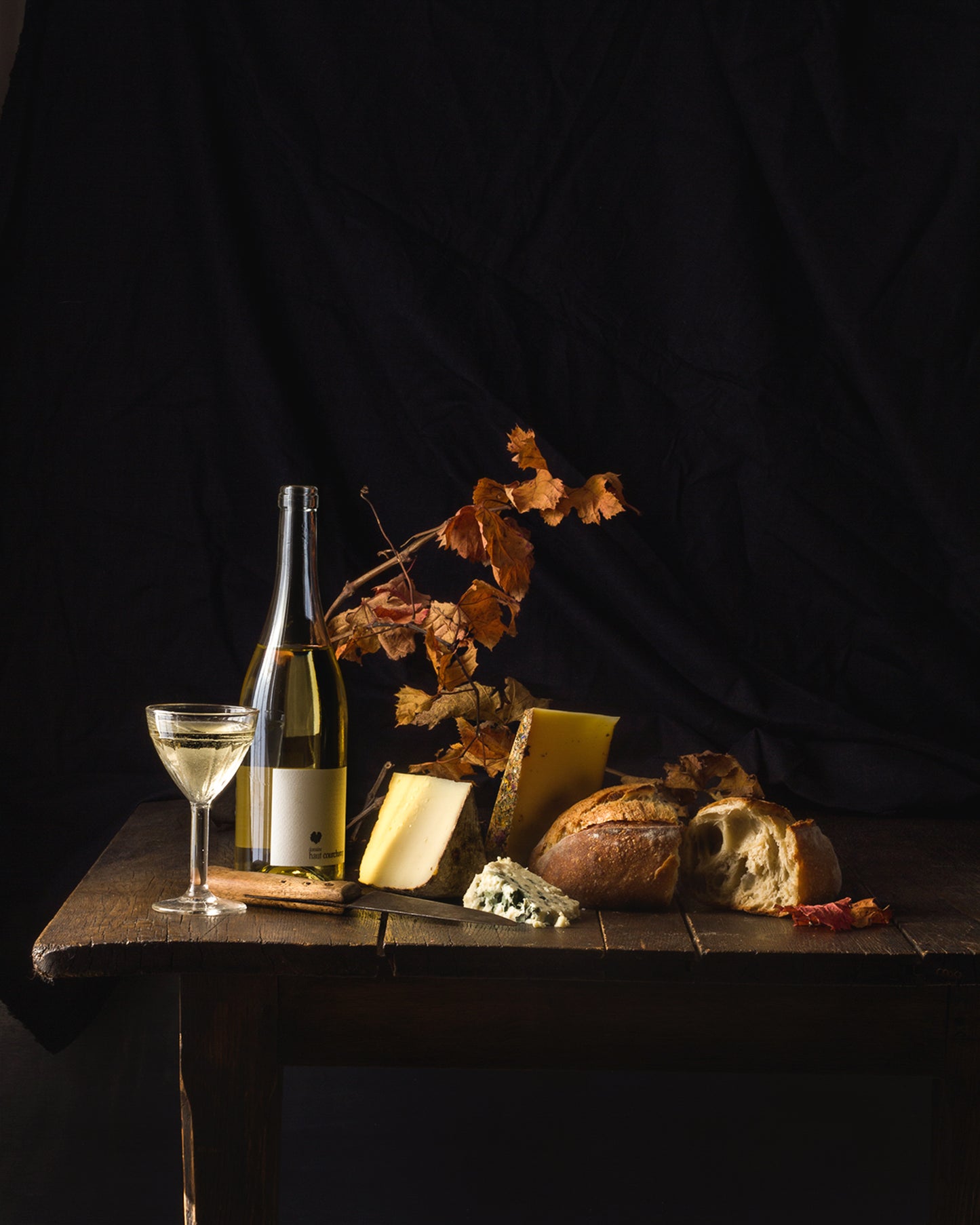




Collections
-
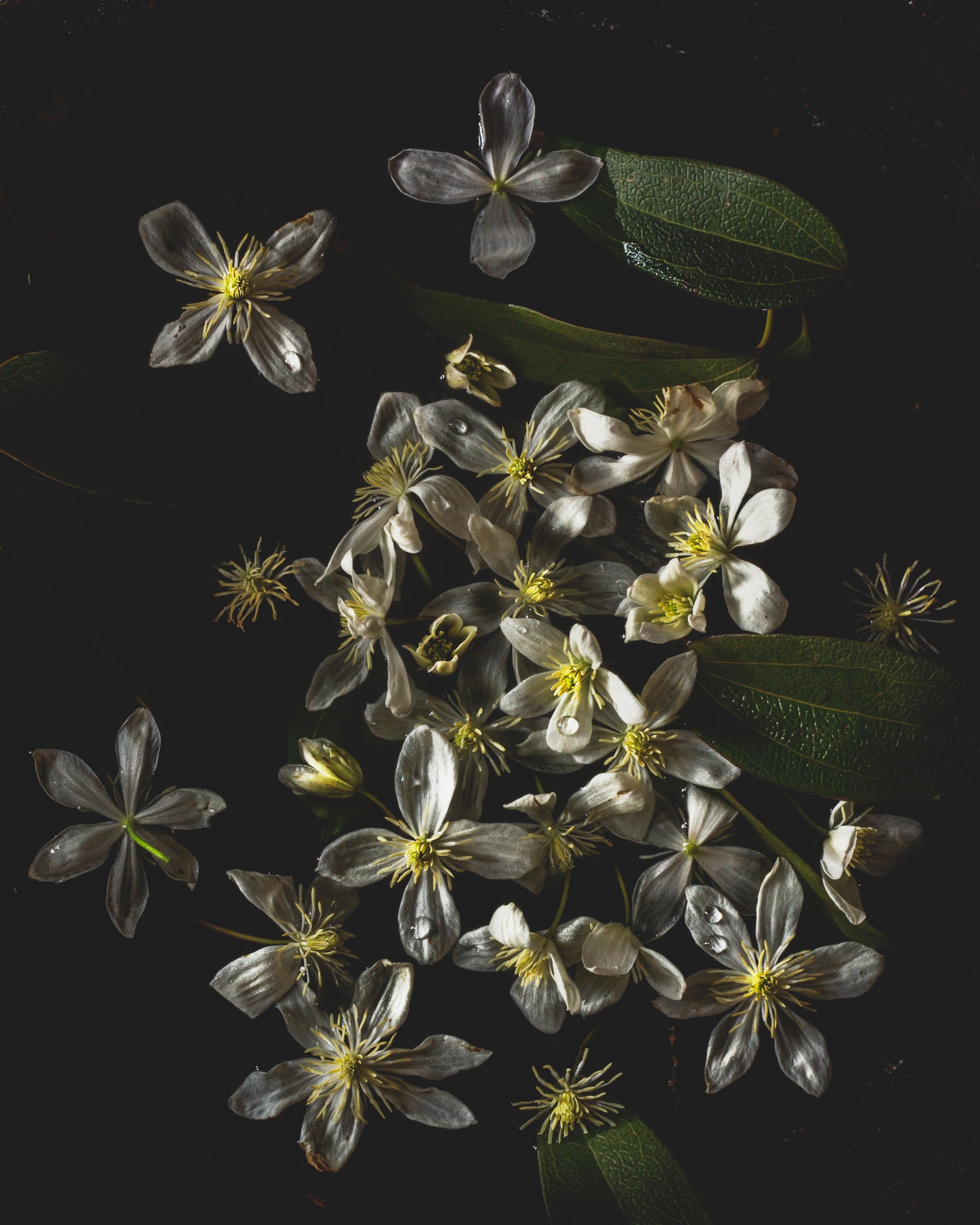
Flora Constellations Limited Edition Prints
Composed of seasonal flora collected from my potager and the fields around...

